Why Bamboo?
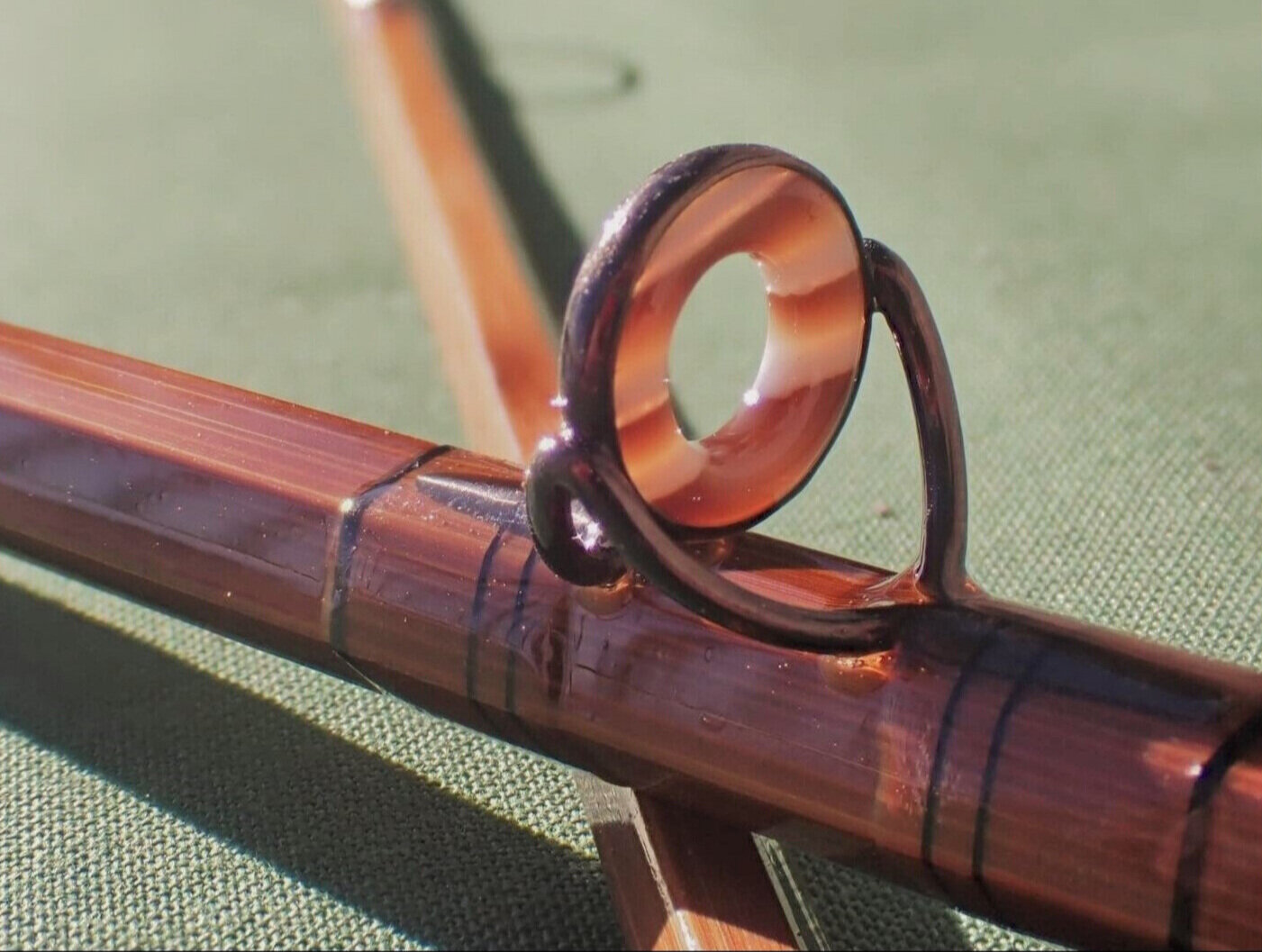
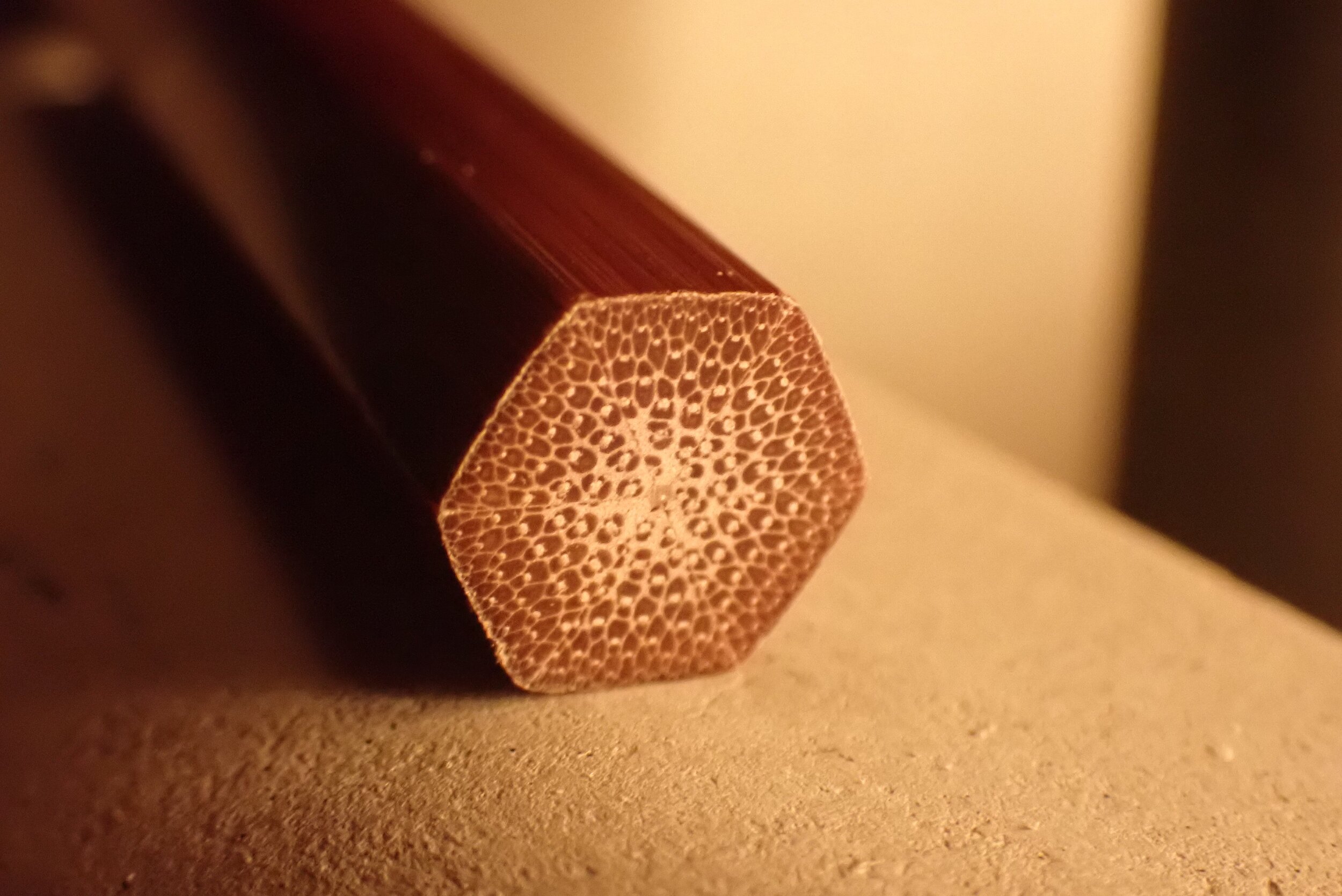
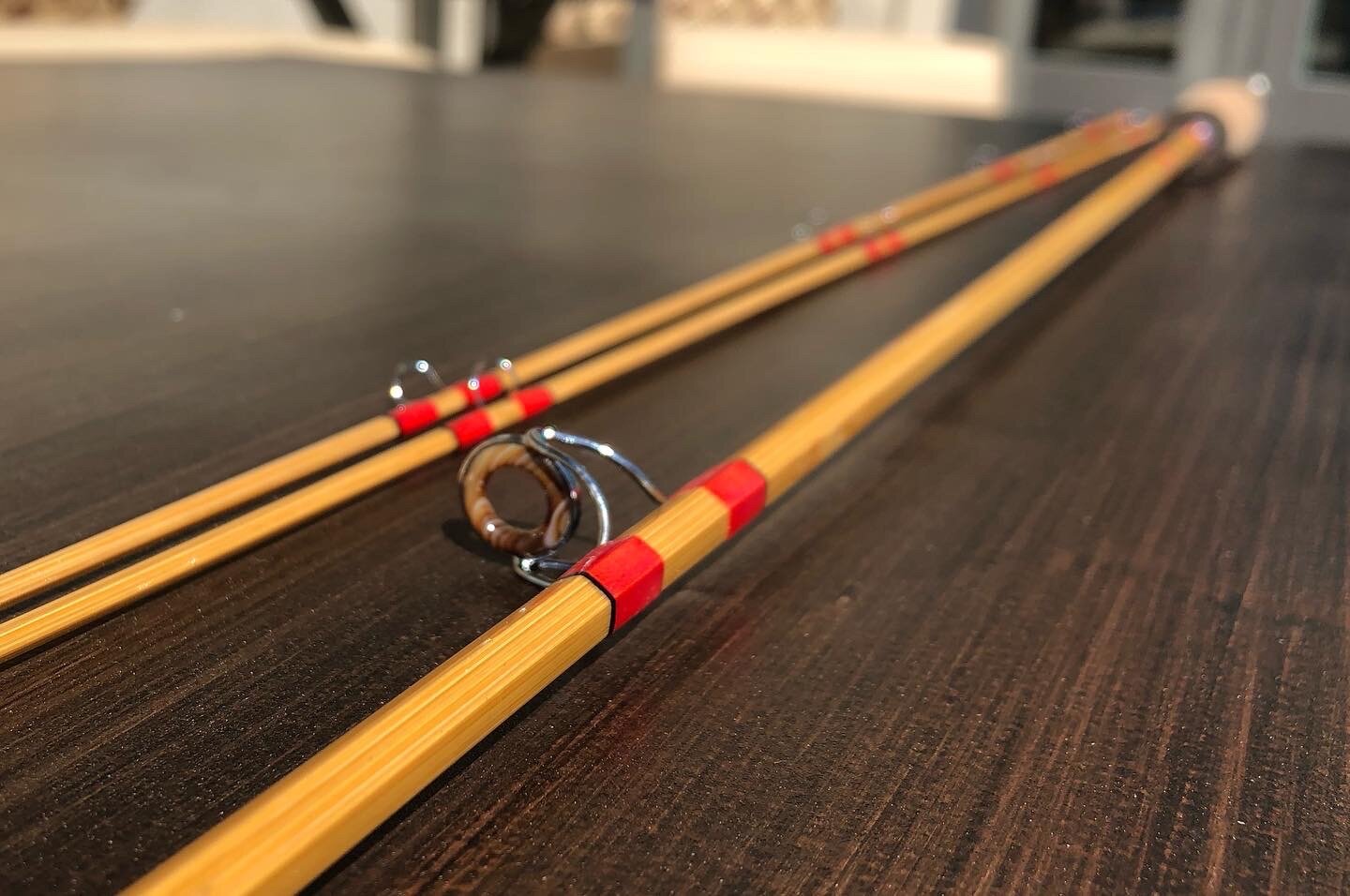



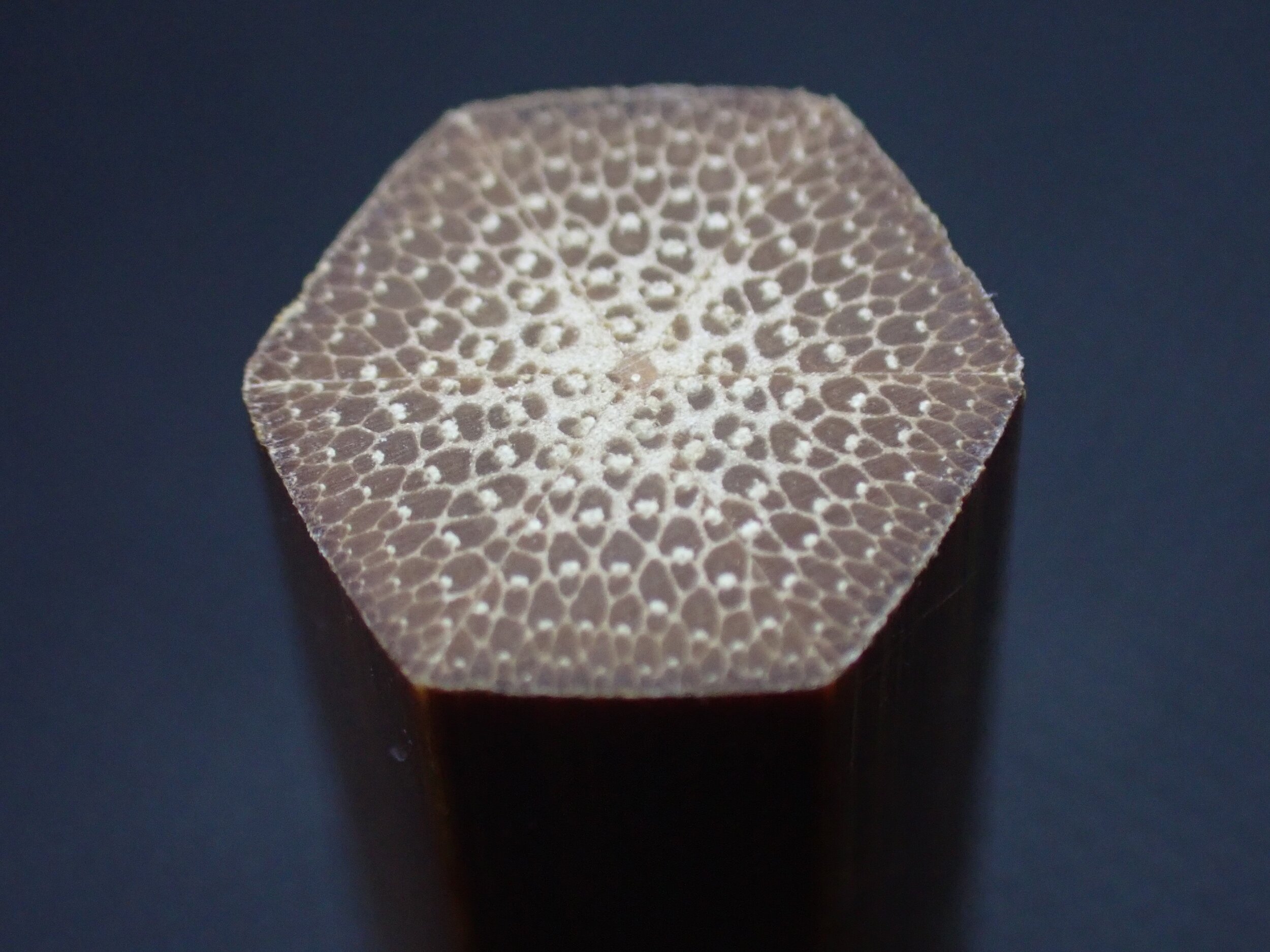
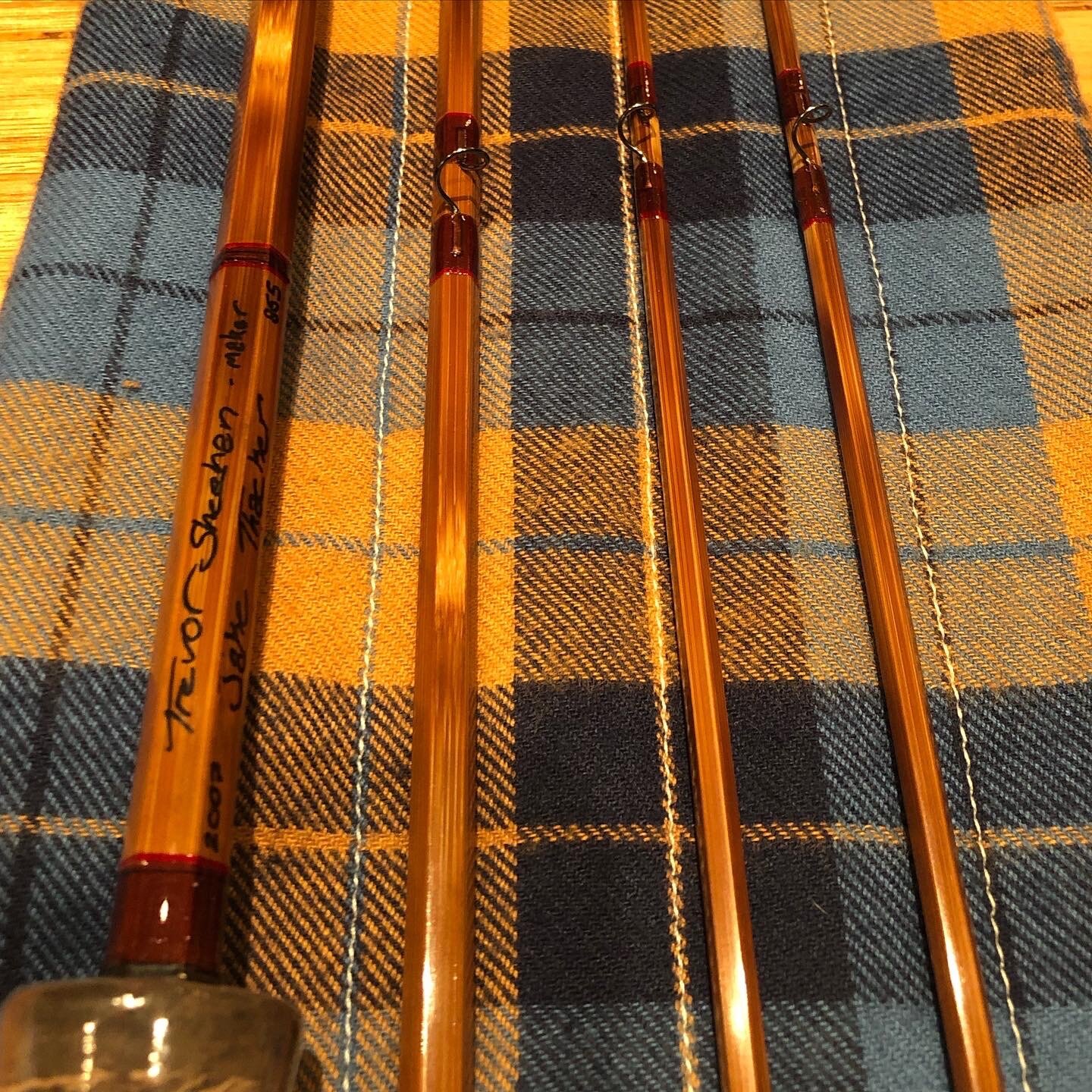
Split cane bamboo fly rods have been around since the 1800s. It wasn’t until the 1940s that fiberglass rods made an appearance as an inexpensive and easily mass-produced alternative to bamboo. Glass dominated the industry until the 1970s when graphite rods began to take over, starting with Hardy and Fenwick releasing the first graphite fly rods. It isn’t too much of a stretch to say that nowadays most anglers own a graphite rod, if not more than one. Fiberglass rod technology has co-evolved alongside its carbon cousin and still has a devout following. Fishermen around the world and writers such as Cameron Mortenson of “The Fiberglass Manifesto” keep the figurative fiberglass torch burning. Don’t get me wrong; I don't dislike fiberglass fly rods. My first fly rod was a fiberglass 4-weight, and it’s still in my garage, but I haven’t touched it since the first time I cast a bamboo rod. Even Cameron admitted to his love for cane rods in an interview with Tom Rosenbauer on The Orvis Fly Fishing Podcast. The truth is, that if you’re a fan of fishing fiberglass, or fly fishing in general, you owe it to yourself to cast a well-made bamboo rod.
Split cane bamboo rods haven’t just been gathering dust since the 40s. The Western rivers in the United States presented new challenges to anglers and the classic bamboo rods weren't always the right tools for the job. The nearly constant wind, tumbling freestone pocket water, big rivers, and big fish pushed rod-makers to find ways to build rods that better suited these demands. E.C. Powell's first hollow-built bamboo rods raised the bar for distance casters. Hollow rods simply out-performed their solid-built counterparts. Powell’s method of hollowing involved removing out the less dense center of rod sections while leaving dams of material behind for structural stability. Inspired by Powell and Winston (another hollow-building innovator), rod makers have been extending the limits of what bamboo is capable of, utilizing different methods of hollowing and creating new tapers. A hollowed rod is lighter in hand, has much less swing-weight, recovers from being flexed faster. The material that is removed from the center of the rod is less dense and has fewer power fibers than the outside of the rod, which is left solid. They flex deeper with little to no loss of strength, and when a rod is specifically designed to be hollowed the loss of strength is compensated for.
Many Eastern rod makers, such as Lyle Dickerson, were also pioneers of the sport. Dickerson designed and built rods that were incredibly powerful and accurate. He did a lot of fishing from a canoe and wanted his rods to be able to cast an entire fly line from a seated position, and they absolutely can. Lyle Dickerson was designing rods for fishing in Michigan but ended up creating some of the most popular fly rods in the Western United States. Most people I know would say Dickerson tapers are some of the best bamboo fly rods for trout fishing out West, or anywhere for that matter. I take a lot of inspiration from Lyle Dickerson. Many people deserve credit for advancing the craft of rod making to where it is today. Jim Payne, Wayne Cattanach, H.L. Leonard, Everett Garrison, and many others deserve recognition. Plenty more rod makers deserve credit for helping others learn, as well as being innovators themselves. People such as Harry Boyd, Ray Gould, Jack Howell, Tom Morgan, George Mrauer, David Ray, Jon Holland, and many more have been instrumental to other people's success and enjoyment of handcrafting bamboo fly rods. Rod making has a rich history and is worth a deeper look if you're interested.
For decades quality bamboo rods have used fine silk thread, nickle silver ferrules, and even stone stripping guides, mostly agate but some are Jasper. This is a tradition I continue. All of the hardware that I use is nickel silver that can be blued in the same way gunmetal is for a dark, lustrous motif that looks really nice on a flamed cane rod. Silk thread is a beautiful choice for rod building because it will become transparent when varnish is applied to it, or stay vibrant if a color preserver is used. This allows for everything from a bright geisha red to completely transparent wraps on the guides. Agate stripping guides can come in an incredible range of colors and patterns. The natural stone ring is set into a nickle silver bezel and frame by a master craftsman and they truly are like a piece of functional jewelry. Choosing a beautiful stripping guide and silk colors that compliment it makes a fishing rod into a work of art, but bamboo rods aren’t just nice to look at, they are a joy to fish with.
The philosophy I have for creating my tapers is that the rod should respond well to both a slow casting stroke and a haul in the cast. They should be as accurate at 60 feet as they are at 20, be soft enough for tippet protection, and have a superb casting feel. Having the guts to dump a hero cast and throw a tight loop is something I strive for with everything but small stream rods. To accomplish this, I incorporate an internal taper to the hollowing and compensate for strength with small external taper adjustments. EFF Fly rods are purpose-driven casting tools. I have developed a unique tooling system for fluted hollowing that makes small adjustments in wall thickness and uniform strips easily and reliably. There is no guesswork because quality and attention to detail are what matters. A great-looking rod that isn't fun to cast isn't what you reach for before a day of fishing so I try to deliver the best of both worlds.
The way I would explain the casting feel of a quality handmade bamboo rod compared to most graphite rods, is that it’s like the first time you tasted melted cheese. It’s still cheese, but with so much more flavor and that texture that's to die for. Another thing that is hard to explain through text is the superior roll casting and short game of a bamboo fly rod. Even hollow-built rods are made from a solid material. The Tonkin Cane that quality rods are made from is densest around the circumference, and this correlates with the rod construction. Even when a rod is hollowed the dense power fibers remain intact. When the rod is accelerated, like in a casting stroke, the inertia of the bamboo causes the rod to load. Because of this, a bamboo rod can cast a leader with little to no fly line out of the guides. (Take that graphite!) You can cast your leader and put a fly in front of the trout that just sipped an emerger 10 feet away from you, and it adds distance to your roll casting. The self-loading nature of bamboo also continues your casting stroke a little farther than you stop your hand. This makes roll casting an absolute dream.
Different people have different casting strokes, and I believe bamboo can be a good fit for you with any casting style. The best part of casting with a bamboo fly rod is you can feel exactly what your rod and line are doing. When your loop straightens out perfectly, you can feel that; when your haul loads the rod deeper and your line speed increases, you can feel that; when you do an aerial-mend to get the perfect drift, you can feel as the rod responds, and when you set the hook on that trophy whitefish or creek chub it’s all the sweeter.
An Elevate Fly Fishing bamboo rod probably won’t replace your 10+ foot nymphing rod, but it is sure to become your favorite rod. You will look forward to the days you get to break it out and appreciate those days a little more. I know I do. Don't buy your first bamboo fly rod off Amazon. Start a conversation with the rod maker and talk about what you want. A rod maker will help you make a confident decision and build you a rod you are proud of that can last for generations.
Feel free to send me an email to talk about fly rods or fishing. We may be able to set up a rod demo! Trevor@elevateflyfishing.com